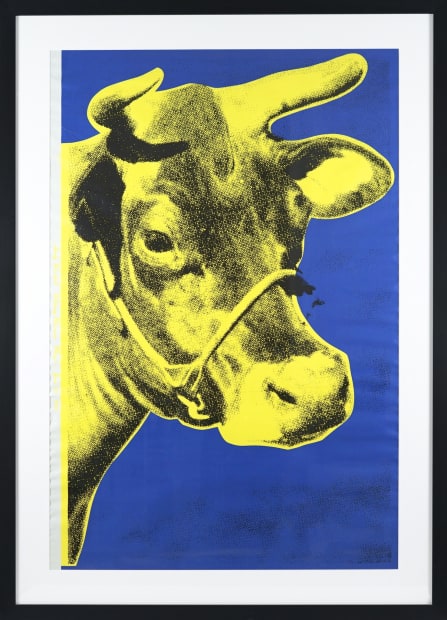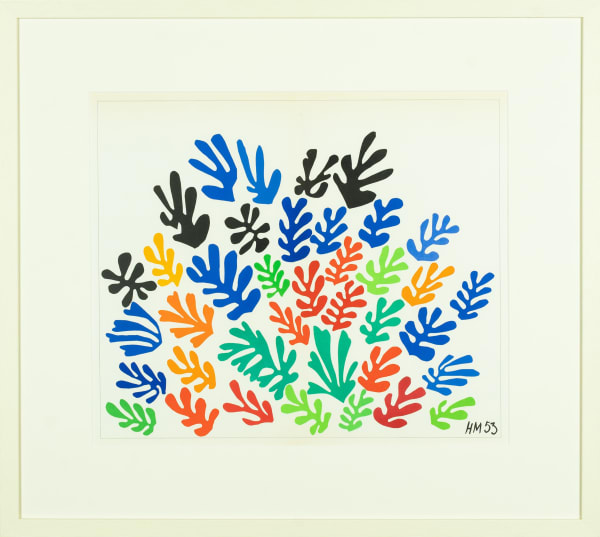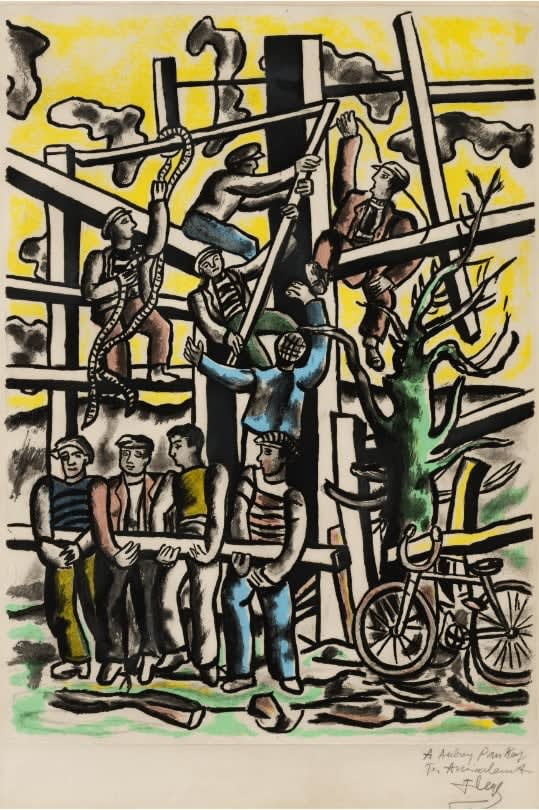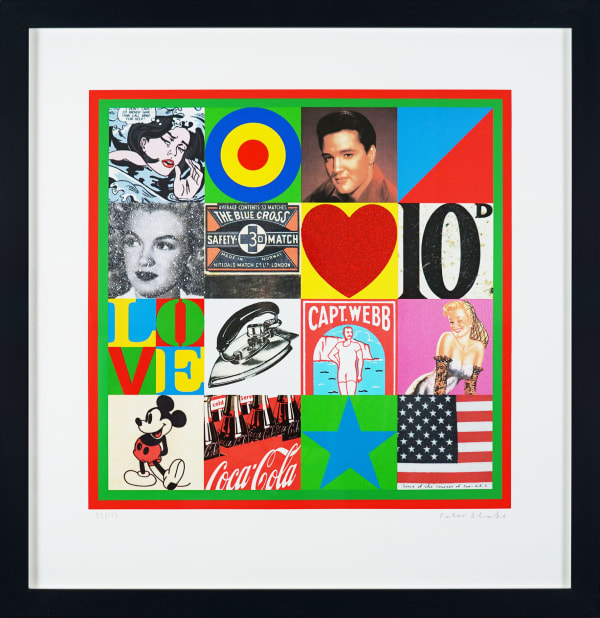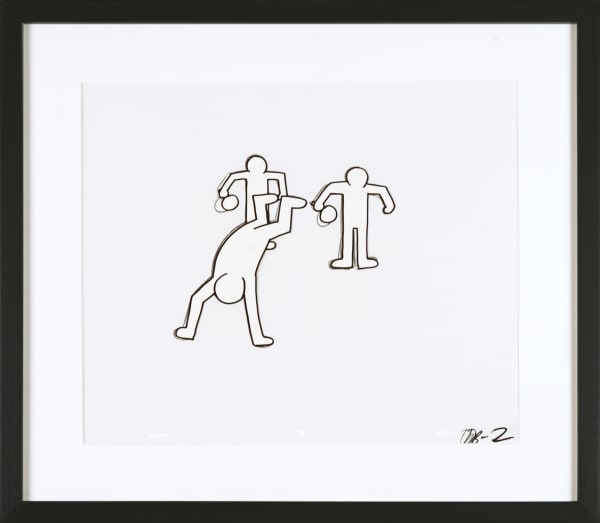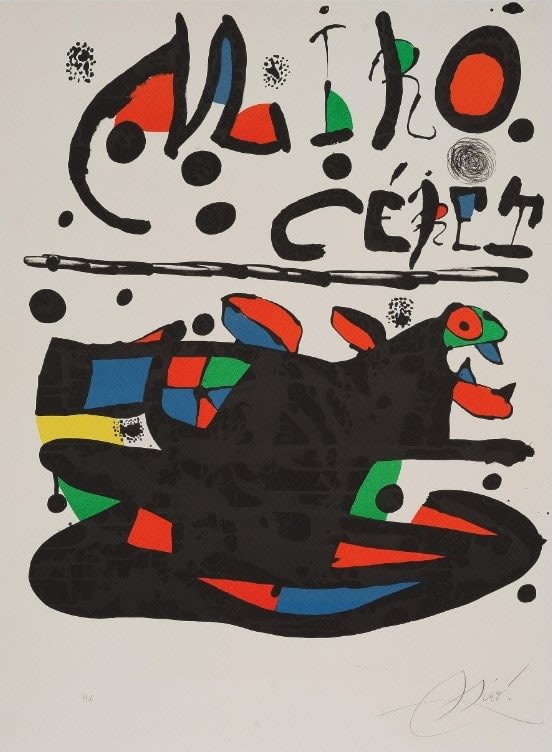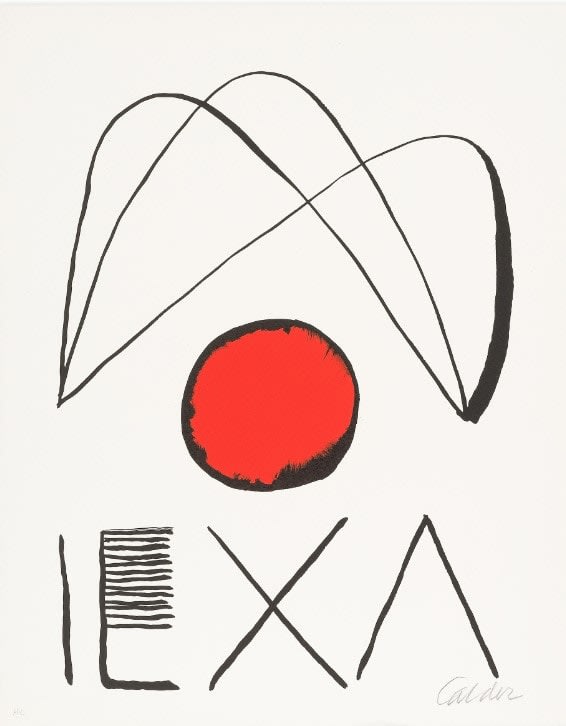-
Hidden’s driving force is making outstanding artworks accessible to all. We pride ourselves in proving that collecting museum-quality art is not reserved for an exclusive few.
Our collection of original prints by eminent artists such as Picasso, Hockney, Emin and Riley caters to all tastes and budgets. The field of original prints is characterised by its diversity, but with so many different kinds of prints to choose between and so much new terminology to learn, it can be tricky knowing where to begin.
It is important to know exactly what the artwork hanging on your wall is. To help you on your collecting journey, we have put together a handy glossary of all the types of prints you’ll need to know.
-
-
The different methods of printmaking
AquatintAn intaglio printmaking process frequently combined with etching to add areas of texture and shade. Resin powder is adhered to an etching plate to create a grain. The plate is then submerged into acid for varying lengths of time - the longer the plate stays in the acid, the darker the tones become. The visual effect of this method is comparable to watercolour.CollotypeA photographic image is burnt into a thin layer of gelatine, which is then coated in ink and printed. The ink seeps into the gelatine, allowing for microscopic levels of detail, producing a highly intricate and sincere reproduction of an image.EtchingAn intaglio printing process. The printing plate (traditionally made from copper) is first treated with an etching ground, which is an acid-resistant coating. Using an etching needle, an image is carved into the surface of the plate. Once the image is complete, the plate is immersed into an acid bath so that the acid ‘bites’ into the incisions. The ink is then held in these carved lines.DrypointDrypoint etching is a variation of this method which negates the use of acid. The lines etched are not as deep as those created through the usual etching process, but they can still hold ink.GicléeA highly specialised process in which pigmented inks are applied to canvas or paper to create a fine art reproduction.HeliogravureAn intaglio printmaking process, also known as photogravure, which involves etching a photographic image onto a copper plate.LinocutA process similar to woodcut, in which sharp tools are used to carve and cut around an image drawn onto a linoleum plate. The supple nature of the linoleum results in a smooth printed image, with less grain than an image created using woodcut.LithographyA planographic method of printmaking. The printmaker uses a waxy medium, such as a crayon, to draw an image onto a flat plate - traditionally a limestone slab. Lithography relies on the immiscibility of water and oil; the printing plate is kept wet, and ink is applied to the surface. This ink adheres to the greasy substance and is repelled by the blank areas of the slab. Paper is then placed on top of the slab, and both the slab and paper are passed through a press.MonotypeA technique which only produces one unique image, as opposed to multiple original prints. A monoprint is created by painting printing ink onto a clean aluminium plate or silkscreen, and then pressing this plate onto paper.Monoprinting is a similar technique, though the original surface begins with a repeatable image made through traditional printmaking techniques. An element within or on top of the repeatable image is uniquely altered so that each print within a series is unique.Offset LithographyA form of lithography, reliant on the repulsion between oil and water. As opposed to transferring an image directly between a plate and sheet of paper, the image is first transplanted onto an intermediate surface, such as a rubber blanket or cylinder, before being printed.Pochoir
Pochoir involves using ink and stencils to create reproductions of paintings and watercolours. Typically, stencils are cut from sheets of metal or celluloid, and inks are applied with a variety of coarse and soft brushes. Layers of colour are added to build the image - eight to fifteen for a basic print, and over forty for more detailed works.
ScreenprintA planographic printing method, also referred to as serigraphy or silkscreen printing. The method requires a screen made out of a porous material, traditionally silk. A stencil, created using glue/lacquer, adhesive film or a photo-reactive emulsion, is used to block out non-printing areas, and a squeegee is used to push thick ink through the unblocked areas of the mesh. A layer of image is then imprinted onto a sheet of paper aligned underneath. Each layer of image requires a new screen.WoodcutA relief printing technique. Tools are used to cut around an image drawn directly onto a wooden block. Ink is applied to the raised surface of the wood, and dampened paper is pressed against the block to print the image. -

-
How to build an art collection
With over thirty years of experience, our team searches internationally for our collection of rare, hand-signed and limited-edition prints. We hand-pick only the finest original works on paper, from Picasso's legendary lithographs to Emin's emotionally-charged etchings. To get you started, we've compiled a selection of our collection's highlights for you to browse.
For additional information on how to build your own art collection, follow the link below for expert advice.
_
-
-
 Bridget Riley, Fold, 2004
Bridget Riley, Fold, 2004 -
 Marc Chagall, Blue Still Life (Signed), 1957
Marc Chagall, Blue Still Life (Signed), 1957 -
 Tracey Emin, Tiny Golden Hearts, 2010£ 2,750.00
Tracey Emin, Tiny Golden Hearts, 2010£ 2,750.00 -
 Henri Matisse, La Gerbe, 1958
Henri Matisse, La Gerbe, 1958
-
 Piet Mondrian, Composition with Red, Yellow and Blue, 1927 from A Portfolio of Ten Paintings, 1967£ 4,950.00
Piet Mondrian, Composition with Red, Yellow and Blue, 1927 from A Portfolio of Ten Paintings, 1967£ 4,950.00 -
 Pablo Picasso, Colombe de Paix for 'Pour un nouveau printemps'', 1963
Pablo Picasso, Colombe de Paix for 'Pour un nouveau printemps'', 1963 -
 David Hockney, Olympische Spiele München 1972, 1970
David Hockney, Olympische Spiele München 1972, 1970 -
 Fernand Leger, Les Constructeurs, 1953
Fernand Leger, Les Constructeurs, 1953
-
Subscribe to receive our weekly newsletter.
Be the first to know about new artwork, exhibitions, events and offers.
* denotes required fields
Sign up now to get exclusive early access to new inventory before it hits our website. As a subscriber, you'll also receive advance notice about upcoming art fairs, events, and special offers. You can read our privacy policy here.

